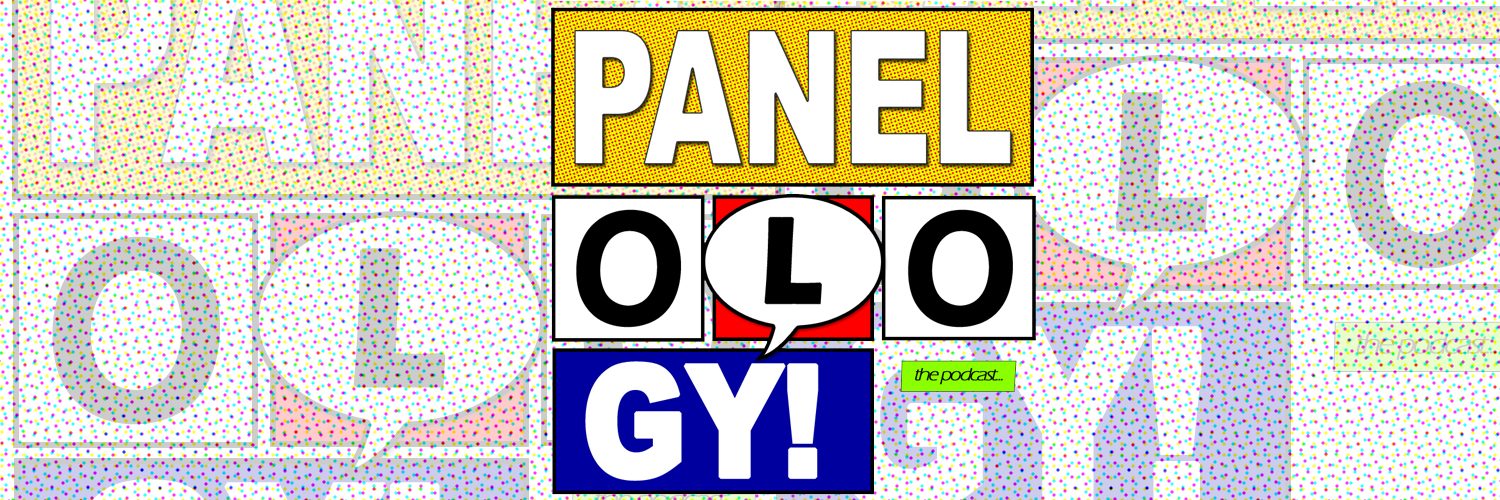Suppose you are starting a daily blog in which you read and write up the hundreds of trades in your backlog. Where do you begin?
How about the series that you have meant to get around to for the longest time? That seems like a good idea. Oh, wait—you don’t own a copy. So the comic shop. You start at the comic shop, where you pick up the first volume of Brian K. Vaughan and Adrian Alphona’s Runaways.
Backlogger: 1, Alex: 0. Oh well. Onto the book….
Runaways follows a group of teenagers who discover that their wealthy, do-gooder parents are actually wealthy, super-villain parents. They band together, run away, and attempt to stop their parents’ nefarious activities. It is not steeped in continuity—in fact, unless you’ve seen Molly Hayes, Nico Minoru, or Alex Wilder show up in recent titles, you would never know from its first arc that Runaways is set in the Marvel universe. And that is alright.
Being in his own corner gives Vaughan the space he needs to focus on characters’ relationships. The ways in which characters react to their parents and each other advance the story almost entirely. It is not unlike Vaughan’s Paper Girls in that way (or in his handling of young characters’ voices without condescension), although where that series leaves the reader in the dark about how its world operates, Runaways trades more in asking, “How will they respond?” or, “What happens next?” rather than, “What just happened?”
If the book’s main goal in its first arc is to quickly introduce readers to an ensemble cast of new characters, then Alphona’s pencil work absolutely succeeds in furthering that task. Its look is clean and just stylized enough to clarify and reinforce characters' expressions. While the inking is missing a little of the texture that is there when Alphona inks his own work in books like Ms. Marvel, that smoothness is fitting for Runaways’ more suburban setting; and the color work stands out in the book’s more fantastical moments involving alien superpowers.
This brings us to the part of this where I should tell you if you should read Runaways or not. But here’s the deal: I’m going to be writing about trades I already own, and I am pretty good at doing my homework before I buy books—so by default, the odds are that most of the time, the answer will be yes. So instead, I’m going to use a different metric: how easy is it for me to recommend a book?
So, how easy is it for me to recommend Runaways? Very. It’s very easy. If you like Brian K. Vaughan in general, and especially if you dig Paper Girls, go for it. If you like books with a coming-of-age vibe, go for it. If you’ve seen any of these characters pop up elsewhere and want to know more about them, go for it. If you don’t like books about kids…well, that might be the toughest case for me to make, but this does not condescend and uses its teenage drama in smart ways, so…maybe give it a try anyway when you have some time. That’s actually part of why I waited as long as I did, and I’m glad I finally got around to reading it.
Collected in
- Runaways: Pride and Joy (#1-6, recently back in print)
- Runaways: The Complete Collection Volume 1 (#1-18, seems to be going out of print)
Credits
Writer: Brian K. Vaughan | Penciler: Adrian Alphona | Inkers: David Newbold (1-5), Craig Yeung (6) | Colorist: Brian Reber | Letterers: Paul Tutrone (1), Chris Eliopoulos (2-4), Randy Gentile (5-6) | Covers: Jo Chen | Editor: C.B. Cebulski

